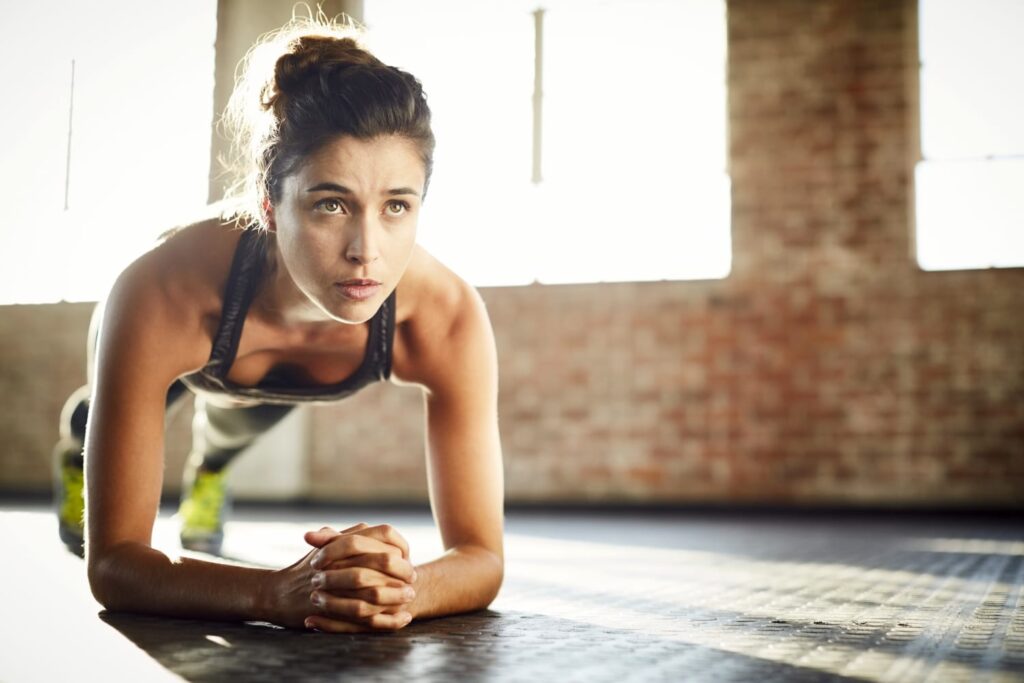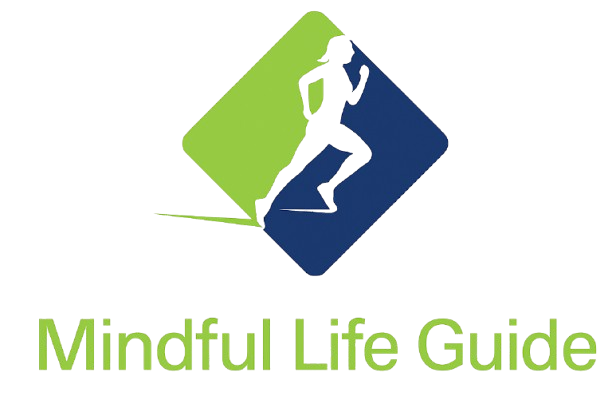
Imagine this: it’s a crisp morning, the sun’s just peeking through your window, and you’ve decided today’s the day to kickstart your fitness journey. No gym membership, no fancy equipment, just you, your living room, and a spark of motivation. Sounds daunting? It’s not. Home workouts for beginners without equipment are the perfect gateway to building strength, boosting confidence, and feeling amazing—all from the comfort of your own space. Whether you’re juggling a busy schedule, saving money, or simply intimidated by the gym, this guide will walk you through everything you need to know to get moving. With expert insights, practical tips, and a sprinkle of storytelling, let’s make fitness fun, accessible, and sustainable.
Why Home Workouts Are Perfect for Beginners
Starting a fitness journey can feel like standing at the base of a mountain, unsure of the first step. Home workouts eliminate barriers like expensive memberships or the intimidation of gym equipment. According to the American Council on Exercise, bodyweight exercises are just as effective as weighted routines for building strength and endurance when done correctly. They’re versatile, require no investment, and let you progress at your own pace. Picture this: last year, my friend Sarah, a busy mom, transformed her energy levels by doing 20-minute bodyweight circuits in her kitchen. No dumbbells, no treadmill—just her, a yoga mat, and determination. Home workouts meet you where you are, making them ideal for beginners.
The beauty of these workouts lies in their simplicity. You don’t need to know the difference between a deadlift and a squat to start. They’re also adaptable to small spaces—your bedroom, living room, or even a balcony can become your gym. Plus, with no equipment, you’re free to focus on form and consistency, building a foundation for long-term success. Ready to dive in? Let’s explore the benefits and how to make it work for you.
The Benefits of Equipment-Free Workouts
Why choose workouts that rely solely on your body? Let’s break it down:
- Cost-Effective: No need for pricey gear. A 2023 study by Healthline noted that home workouts save an average of $500-$1,000 annually compared to gym memberships.
- Flexibility: Exercise anytime, anywhere. Morning, noon, or midnight—your schedule, your rules.
- Low Intimidation Factor: No gym-goers watching, no complex machines to figure out. It’s just you and your space.
- Full-Body Engagement: Bodyweight exercises like push-ups or planks target multiple muscle groups, improving strength and coordination, as explained by Harvard Health.
- Scalability: From modified squats to advanced burpees, you can adjust intensity to match your fitness level.
When I started my own fitness journey, I was skeptical about bodyweight exercises. Could they really make a difference? After a month of consistent 15-minute sessions, I felt stronger, slept better, and even noticed my mood lifting. The science backs this up: regular exercise, even without equipment, boosts endorphins and reduces stress, per the Mayo Clinic.
Getting Started: Setting Up for Success
Before you jump into your first workout, let’s set the stage. A little preparation goes a long way in making your home workouts effective and enjoyable.
Create Your Space
You don’t need a home gym—just a clear area about 6×6 feet. Push the coffee table aside, roll out a towel or yoga mat, and you’re set. Good lighting and ventilation keep you energized, while a playlist of your favorite tunes can make the session feel like a party. My cousin Jake swears by blasting upbeat music to power through his workouts in his tiny apartment.
Wear the Right Gear
No need for fancy athleisure, but comfortable clothing and supportive shoes are key. A pair of sneakers prevents slips during jumps, and breathable fabrics keep you cool. Check out Verywell Fit for tips on choosing workout attire on a budget.
Set Realistic Goals
Start small—aim for 15-20 minutes, 3-4 times a week. Consistency beats intensity, especially for beginners. The CDC recommends 150 minutes of moderate exercise weekly, which you can break into manageable chunks. Track your progress with a journal or app to stay motivated.
Warm-Up and Cool-Down
Never skip these. A 5-minute warm-up (think jumping jacks or arm circles) preps your muscles, while a cool-down with stretches prevents soreness. My first workout mistake was diving straight into squats—ouch! A proper warm-up, as advised by WebMD, reduces injury risk by 50%.
The Ultimate Beginner’s Home Workout Plan
Ready to sweat? This 20-minute, full-body workout is designed for beginners, requiring no equipment. It combines strength, cardio, and mobility to build a strong foundation. Do this circuit 3 times, resting 30 seconds between exercises and 1 minute between rounds.
1. Bodyweight Squats (3 sets of 12 reps)
Squats target your legs and core. Stand with feet shoulder-width apart, lower your hips as if sitting in a chair, then push back up. Keep your chest up and knees behind your toes. Modify by doing half-squats if needed. Livestrong has great form tips for perfect squats.
2. Push-Ups (3 sets of 8-10 reps)
Push-ups build upper body strength. Start in a plank position, lower your chest to just above the floor, then push up. Beginners can do knee push-ups or wall push-ups. I struggled with these initially, but practicing daily made a huge difference. Check Men’s Health for push-up variations.
3. Plank Hold (3 sets of 20-30 seconds)
Planks strengthen your core. Hold a straight line from head to heels, engaging your abs. If it’s tough, rest on your knees. My first plank lasted 10 seconds—now I’m up to a minute! Shape offers core-strengthening tips.
4. Jumping Jacks (3 sets of 30 seconds)
This cardio move gets your heart pumping. Jump your feet out while raising your arms overhead, then return to start. Go at your own pace. It’s simple but effective, as noted by Women’s Health.
5. Glute Bridges (3 sets of 12 reps)
Lie on your back, knees bent, feet flat. Lift your hips until your body forms a straight line from shoulders to knees. This targets your glutes and lower back. I love how this exercise helped my posture after long work-from-home days.
Comparison Table: Bodyweight vs. Gym Workouts
| Aspect | Bodyweight Workouts | Gym Workouts |
|---|---|---|
| Cost | Free—no equipment needed | $20-$100/month for memberships |
| Accessibility | Anywhere, anytime | Requires travel to gym |
| Beginner-Friendly | High—simple movements, scalable | Moderate—can be intimidating, equipment-heavy |
| Space Required | Minimal (6×6 feet) | Large (gym facilities) |
| Variety | Moderate—many variations, limited by bodyweight | High—machines, weights, classes |
| Injury Risk | Low with proper form | Moderate—requires learning equipment use |
This table shows why bodyweight workouts are a fantastic starting point. They’re low-risk, cost-free, and perfect for building confidence before exploring other options.
Common Mistakes to Avoid
Beginners often trip up on a few pitfalls. Here’s how to sidestep them:
- Overdoing It: More isn’t better. Overtraining can lead to burnout or injury. Stick to 3-4 sessions weekly.
- Poor Form: Sloppy squats or push-ups strain joints. Watch tutorials on YouTube for visual guides.
- Skipping Rest Days: Muscles need recovery to grow. Take at least 1-2 rest days weekly.
- Ignoring Nutrition: Exercise pairs best with a balanced diet. Fuel up with protein and veggies, as advised by Healthline.
When I started, I pushed too hard and ended up sore for days. Listening to my body and pacing myself made all the difference.
Scaling Up: Progressing Your Workouts
Once you’re comfortable with the beginner routine, it’s time to level up. Increase reps, add sets, or try advanced variations like single-leg squats or diamond push-ups. You can also incorporate HIIT (High-Intensity Interval Training) for a cardio boost—alternate 30 seconds of intense effort with 15 seconds of rest. My friend Mark added 10-second sprints to his routine and saw his stamina skyrocket in weeks. For inspiration, Bodybuilding.com has progressions for every exercise.
Track your progress to stay motivated. Can you hold a plank for 10 seconds longer? Do an extra push-up? Celebrate these wins—they add up. Apps like MyFitnessPal can help you log workouts and see your growth over time.
Staying Motivated: Tips for Consistency
Sticking to a workout routine is the biggest challenge. Here’s how to keep the fire burning:
- Set a Schedule: Treat workouts like appointments. I block off 7 PM for my sessions—non-negotiable.
- Find a Buddy: Partner with a friend (even virtually) for accountability. Sarah and I text each other post-workout selfies!
- Mix It Up: Try yoga, dance, or kickboxing-inspired moves to keep things fresh. Fitness Blender offers free workout videos.
- Reward Yourself: Hit a milestone? Treat yourself to new workout gear or a relaxing bath.
FAQ: Your Home Workout Questions Answered
Q: How long should a beginner workout last?
A: Aim for 15-30 minutes, 3-4 times a week. This balances effort and recovery, per CDC guidelines.
Q: Can I build muscle without equipment?
A: Absolutely! Bodyweight exercises like push-ups and squats build strength by using your body as resistance. Progressive overload (increasing reps or difficulty) drives muscle growth.
Q: What if I don’t have much space?
A: You only need a small area. Exercises like planks or wall push-ups work in tight spaces. Check Apartment Therapy for small-space workout ideas.
Q: How do I know if I’m doing exercises correctly?
A: Watch online tutorials or record yourself to check form. Mirrors help, too. Start slow to prioritize technique over speed.
Q: What if I get bored?
A: Switch up exercises, add music, or try themed workouts (like a “superhero” circuit). Variety keeps it fun.
Conclusion: Your Fitness Journey Begins Now
Starting a fitness journey at home with no equipment is like planting a seed—it takes patience, care, and consistency, but the growth is worth it. From boosting your mood to building strength, these workouts offer a low-pressure, high-reward path to a healthier you. Remember Sarah, who turned her kitchen into a gym? Or my own journey from wobbly planks to confident circuits? Your story can be just as inspiring. Start with the 20-minute workout plan, avoid common pitfalls, and celebrate every small win. Fitness isn’t about perfection—it’s about showing up for yourself.
Ready for the next step? Commit to three workouts this week. Grab a notebook to track your progress, cue up your favorite playlist, and make your living room your stage. If you’re curious about adding variety, explore free resources like Fitness Blender or try a yoga flow for flexibility. Your body, mind, and confidence will thank you. What’s stopping you? Lace up those sneakers and take that first step today.
